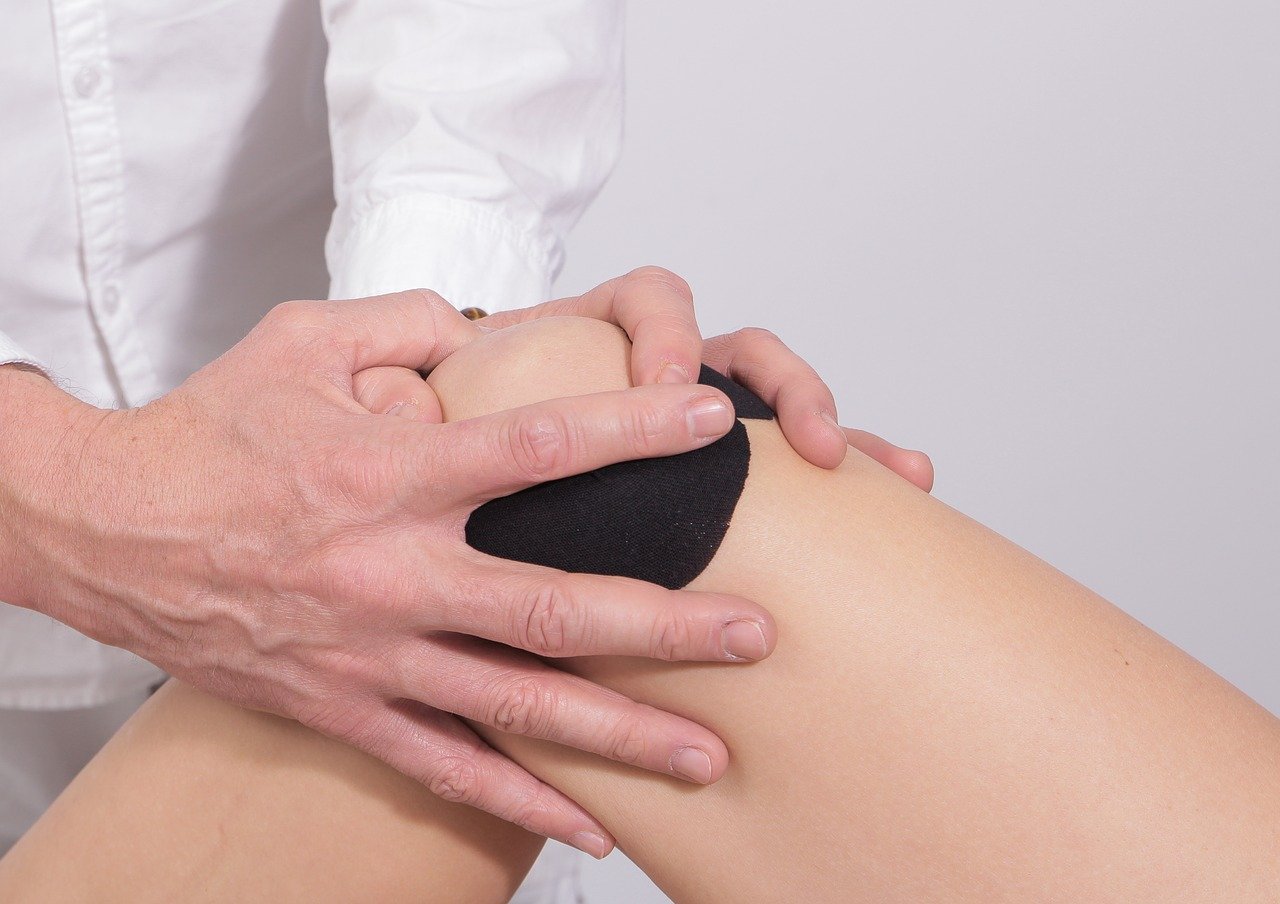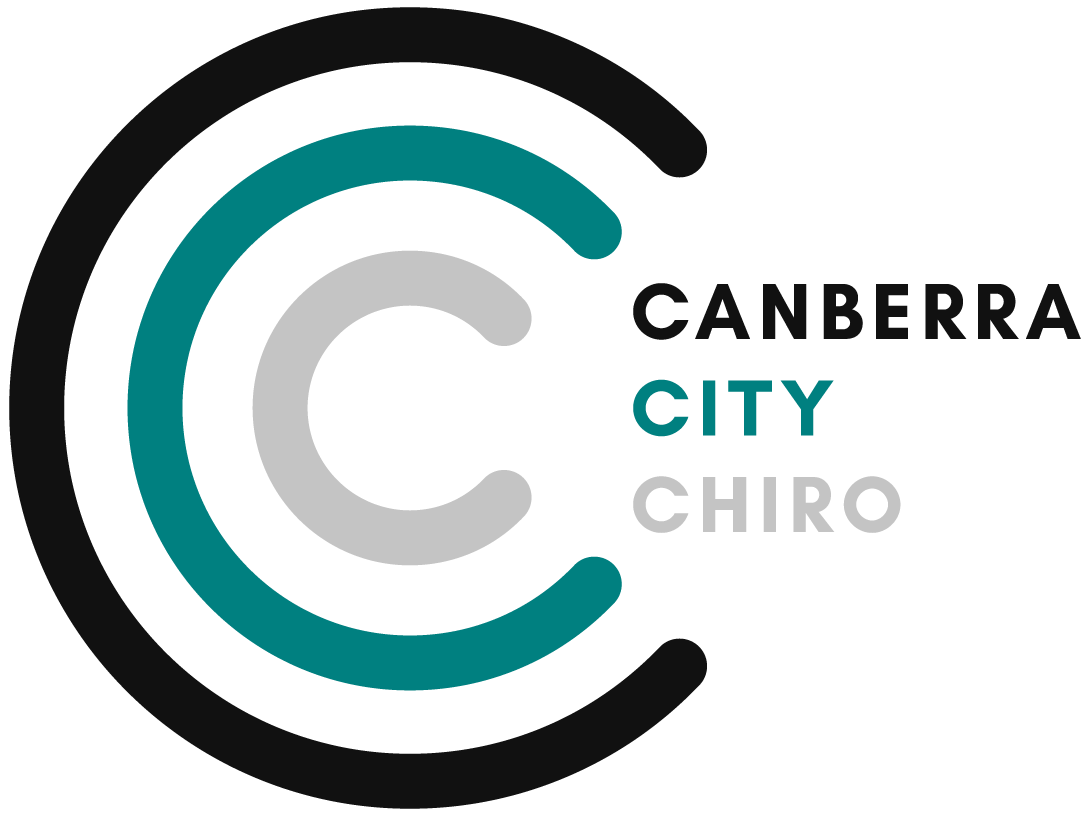Canberra Hypnotherapy Clinic,
Suite 2 42 Geils Ct, Deakin ACT 2600
(02) 6106 9977
Click "Contact Us" below
blog
More Information regarding your pain and how we can help

Hip Pain: Causes And How A Chiropractor Can Help
Hip Pain: Causes And How A Chiropractor Can Help
Are you suffering from hip pain? Discover how chiropractic care can provide effective relief and improve your overall hip health. Learn about the benefits of chiropractic adjustments and evidence-based treatments for hip pain in this comprehensive guide.
Common Causes of Hip Pain
Osteoarthritis
Osteoarthritis is a degenerative joint disease that commonly affects the hips. It occurs when the protective cartilage that cushions the joints wears down over time, leading to pain, stiffness, and reduced mobility (1). Chiropractors can provide targeted adjustments and therapeutic exercises to alleviate pain and improve joint function.
Bursitis
Bursitis is the inflammation of the bursae, small fluid-filled sacs that cushion the joints. Hip bursitis can result from repetitive motions, prolonged sitting, or injury. Chiropractic treatments such as soft tissue therapy and gentle joint mobilizations can help reduce inflammation, relieve pain, and promote healing (2).
Hip Impingement
Also known as femoroacetabular impingement (FAI), hip impingement occurs when there is abnormal contact between the hip joint's bones. This condition can cause pain, stiffness, and limited range of motion (3). Chiropractors can utilize specific adjustments, stretching techniques, and rehabilitative exercises to address hip impingement and improve joint mechanics (3).
Muscle Strains
Overuse or sudden movements can lead to muscle strains in the hip area. These strains can cause localized pain, tenderness, and difficulty with movement (4). Chiropractic care can incorporate various modalities such as soft tissue therapy, stretches, and strengthening exercises to promote healing, reduce pain, and enhance muscle flexibility (5).
Sciatica
Sciatica refers to the compression or irritation of the sciatic nerve, which runs from the lower back through the hips and down the legs. This condition can cause radiating pain, numbness, tingling, and muscle weakness in the hip area. Chiropractic adjustments, spinal decompression, and targeted exercises can alleviate pressure on the sciatic nerve and provide relief from sciatica symptoms (6).
Hip Fractures
Hip fractures are severe injuries typically associated with trauma or weakened bones due to conditions like osteoporosis. Chiropractors do not directly treat fractures but can assist in the rehabilitation process by improving overall mobility, strength, and balance through tailored exercise programs and supportive therapies (8).

How does a Chiropractor help with hip pain?
When seeking chiropractic treatment for hip pain, an initial step is a thorough evaluation that includes a comprehensive assessment of the patient's medical history. This allows chiropractors to develop a personalized treatment plan tailored to the individual's specific needs (6). By considering the patient's medical history, including previous injuries or conditions, chiropractors gain valuable insights that contribute to an effective and targeted treatment approach.
One of the primary techniques used by chiropractors to help with hip pain is spinal adjustments. Through spinal adjustments, chiropractors aim to restore function and mobility to the spine, which can positively impact the hip joint (8). By addressing spinal conditions or imbalances, chiropractors alleviate stress and tension on the hip joint, reducing pain and promoting healing.
In addition to spinal adjustments, chiropractors may employ soft tissue techniques to address hip pain. Soft tissue therapy, such as trigger point massage or myofascial release, can help relax tight muscles, improve blood flow, and reduce inflammation in the hip area. These techniques aim to enhance flexibility, alleviate muscle imbalances, and promote overall joint function (9).
Exercise techniques play a crucial role in chiropractic care for hip pain. Chiropractors prescribe specific exercises and stretches targeted at the hip joint and surrounding muscles to improve strength, stability, and range of motion. By engaging in these exercises, patients can actively participate in their recovery and promote long-term hip health (10).
To illustrate the effectiveness of chiropractic care for hip pain, consider the case study of Mr. A, a 45-year-old individual suffering from chronic hip pain. Upon assessment, it was revealed that Mr. A had a history of hip injury and limited range of motion. A comprehensive chiropractic treatment plan was developed, including spinal adjustments, soft tissue therapy, and prescribed exercises targeting the hip joint. After six weeks of regular chiropractic sessions and diligent adherence to the exercise program, Mr. A reported a significant reduction in pain intensity (from 8/10 to 3/10) and a noticeable improvement in hip mobility (90% increase in range of motion). These positive outcomes demonstrate the efficacy of chiropractic care in managing hip pain and improving functional outcomes.
In conclusion, chiropractic care offers a comprehensive and patient-centered approach to address hip pain. By combining spinal adjustments, soft tissue techniques, and exercise strategies, chiropractors aim to alleviate discomfort, improve joint function, and enhance overall hip health. Through personalized treatment plans and active patient involvement, chiropractic care can provide effective and holistic solutions for individuals experiencing hip pain.
References
DeVocht, J.W., Vining, R., Smith, D.L. et al. Effect of chiropractic manipulative therapy on reaction time in special operations forces military personnel: a randomized controlled trial. Trials 20, 5 (2019).
Licciardone, J. C., Kearns, C. M., Minotti, D. E., & Kim, S. J. (2016). Osteopathic manipulative treatment of back pain and related symptoms during pregnancy: a randomized controlled trial. American Journal of Obstetrics and Gynecology, 214(5), 1-12.
Agricola, R., Heijboer, M. P., Roze, R. H., Reijman, M., & Bierma-Zeinstra, S. M. (2018). Pincer deformity does not lead to osteoarthritis of the hip whereas acetabular dysplasia does: acetabular coverage and development of osteoarthritis in a nationwide prospective cohort study (CHECK). Osteoarthritis and cartilage, 26(6), 737-745.
Tyler, T. F., Fukunaga, T., & Gellert, J. (2014). Rehabilitation of muscle after injury: a systematic review. Journal of orthopaedic & sports physical therapy, 44(10), 767-774.
Brantingham, J. W., Cassa, T. K., Bonnefin, D., Pribicevic, M., Robb, A., & Pollard, H. (2012). Manipulative therapy for shoulder pain and disorders: expansion of a systematic review. Journal of manipulative and physiological therapeutics, 35(2), 135-156.
Balthazard, P., de Goumoens, P., Rivier, G., Demeulenaere, P., & Ballabeni, P. (2012). Manual therapy followed by specific active exercises versus a placebo followed by specific active exercises on the improvement of functional disability in patients with chronic non-specific low back pain: a randomized controlled trial. BMC musculoskeletal disorders, 13(1), 1-12.
Ferreira, M. L., Sherrington, C., Smith, K., Carswell, P., Bell, R., & Bell, M. (2021). The clinical management of hip fractures in older adults: a review of the evidence and a pragmatic approach. Medical Journal of Australia, 214(7), 333-340.
Bronfort, G., Haas, M., Evans, R., Leininger, B., & Triano, J. (2010). Effectiveness of manual therapies: the UK evidence report. Chiropractic & osteopathy, 18(1), 3.
Evans, R., Bronfort, G., Schulz, C., Maiers, M., Bracha, Y., Svendsen, K., ... & Grimm, R. H. (2010). Supervised exercise with and without spinal manipulation performs similarly and better than home exercise for chronic neck pain: a randomized controlled trial. The Spine Journal, 10(4), 306-315.
Bueno-Gracia, E., Meca-Birlanga, V., Tamaral-Costa, B., & Cuesta-Vargas, A. I. (2017). Effectiveness of a multimodal exercise program and the influence of spinal mobility in individuals with chronic non-specific neck pain: a randomized controlled trial. Disability and rehabilitation, 39(24), 2487-2494.
CONDITIONS WE TREAT

Back pain
We manage both acute and chronic back Issues. Let us help you to live your best life

Leg/knee pain
We have experience in treating ACL/MCL tears, tendon injuries, osteo-arthritis, and patellofemoral pain syndrome

Work injuries
We accept worker's compensation referrals, DVA referrals and EPC referrals from the GP

Sciatica
Sciatica often originates from lower spinal disease and issues. We can often diagnose the pain and help manage it.

Sports & gym-related injuries
We have a special interest in sports and exercise medicine. Our goal is to help you recover from sports-related injuries and prevent future flare-ups that may slow you down.

Ankle pain
We offer Kinesio and rigid taping for ankles. Rehab and postural advice can also be given to help you heal from your ankle injury.

Hip pain
Hip Bursitis, hip osteoarthritis and piriformis syndrome are debilitating conditions. Don't let it affect your life, let us help.

Headaches & NEck Pain
We have a special interest in treating neck pain headaches of all types. We have a special interest on the success of Chiropractic adjustments for cervicogenic headaches.

Numbness & tingling
Numbness and tingling in your limbs can point to larger more serious issues. It usually means a vessel or nerve is irritated.
HOW WE CARE FOR YOU
Helping you achieve better health and performance
Personalised Treatment
You will discuss a fully individualised treatment plan with your chiropractor.
Long Appts AVAILABLE
Your first appointment will run up to 1 hour giving you all the time you need and we have the option to book longer follow-up appointments.
Experienced Staff
Our clinicians are trained and certified in spinal manipulation, rehab and taping.
advanced Clinic
Our clinic is equipped with the tools to get you better!
Part of your Network
We will work closely with all your health practitioners.
Therapy Goals
Setting goals is the best way to enjoy a successful outcome.
In pain? Don't let it Drag you down.
Book An Appointment Today!

Canberra City Chiropractic is located in the Deakin medical district. The clinic is located within Canberra Hypnotherapy Clinic. We have access to the latest manual therapy technologies as well as a waiting area for patients.
Get in touch
Ph: (02) 6106 9977
Fax: (02) 6291 3140
Address: Canberra Hypnotherapy Clinic,
Suite 2 42 Geils Ct, Deakin 2600 ACT
Opening Hours
Monday: Closed
Tuesday: 8:30am - 12:00pm
Wednesday: 8:30am - 6:00pm
Friday: 2:00pm- 6:00pm
Weekends: Closed
© Copyright 2025 Canberra City Chiropractic, trading as "Canberra City Chiro" | All Rights Reserved
